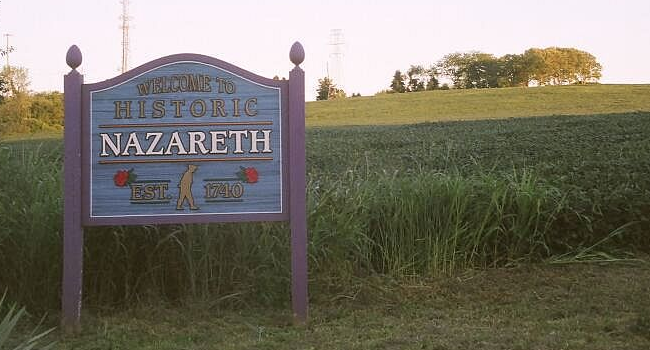By Caroline H. Little
There’s an excessive amount of gloom and doom being spread around these days when the talk turns to the future of newspapers. In fact, the mere mention of the future of newspapers suggests that there might not be one. There is no question that the newspaper business has been disrupted. And yet, what the doomsayers fail to see is that newspapers are well on their way to ensuring that a bright future lies ahead.
It has been painful to bring costs in line with revenue and recast the product to reflect the realities of the new media world. But one thing that has not changed is our historic mission of informing and enlightening, agitating and entertaining, protecting and defending the public’s right to know.
Without question, the newspaper of tomorrow will not be the newspaper of yesterday or even the newspaper of today. Change and innovation are pointing us toward a very different future, one that cements our unique role in the communities we serve.
Just a few years ago, we were a print business with digital on the side. Today, we are bringing together print, web and mobile, and opening the possibilities for even greater advancements that now may be only dreams in a young innovator’s mind.
Our digital products are growing fast, and our websites have taken the market lead. Indeed, newspapers are the Internet, or at least a vital and sought-after part of it. Aggregators such as Google News rely on newspaper journalism as their primary source for content. Search engines frequently refer people looking for content back to newspaper websites. Among adults 18-plus, our web audience exceeds those of Yahoo/ABC, MSNBC (now NBCNews.com), The Huffington Post, CNN and CBS.
Newspapers reach more than 100 million adults – nearly 6 in 10 of the U.S. adult Internet population – during a typical month. Consumers age 25 and above still are the core audience for our print product, but newspapers also reach nearly 60 percent of the critical 18-to-34 demographic in print and online during an average week.
In an era where anyone can say anything and call it news, it is newspaper content that consistently gets it right and keeps it in context. And a critical part of the industry evolution is the recognition that if you want to separate the serious from the sludge, it might cost you a little money.
Newspapers have proven they can function in print, on websites, in digital partnerships and as part of the social media scene. But they also can do what no one else can do. We are at the heart of our communities. We generate the information and track the local developments that are vital for an informed, engaged citizenry. We offer clarity and perspective, and we provide content that our readers can trust.
Getting to the point we are at now has not been easy. Genuine change is never easy. But we are far closer to our future than our past, and that future is bright.
Caroline H. Little is president and CEO of the Newspaper Association of America in Arlington, Va.









